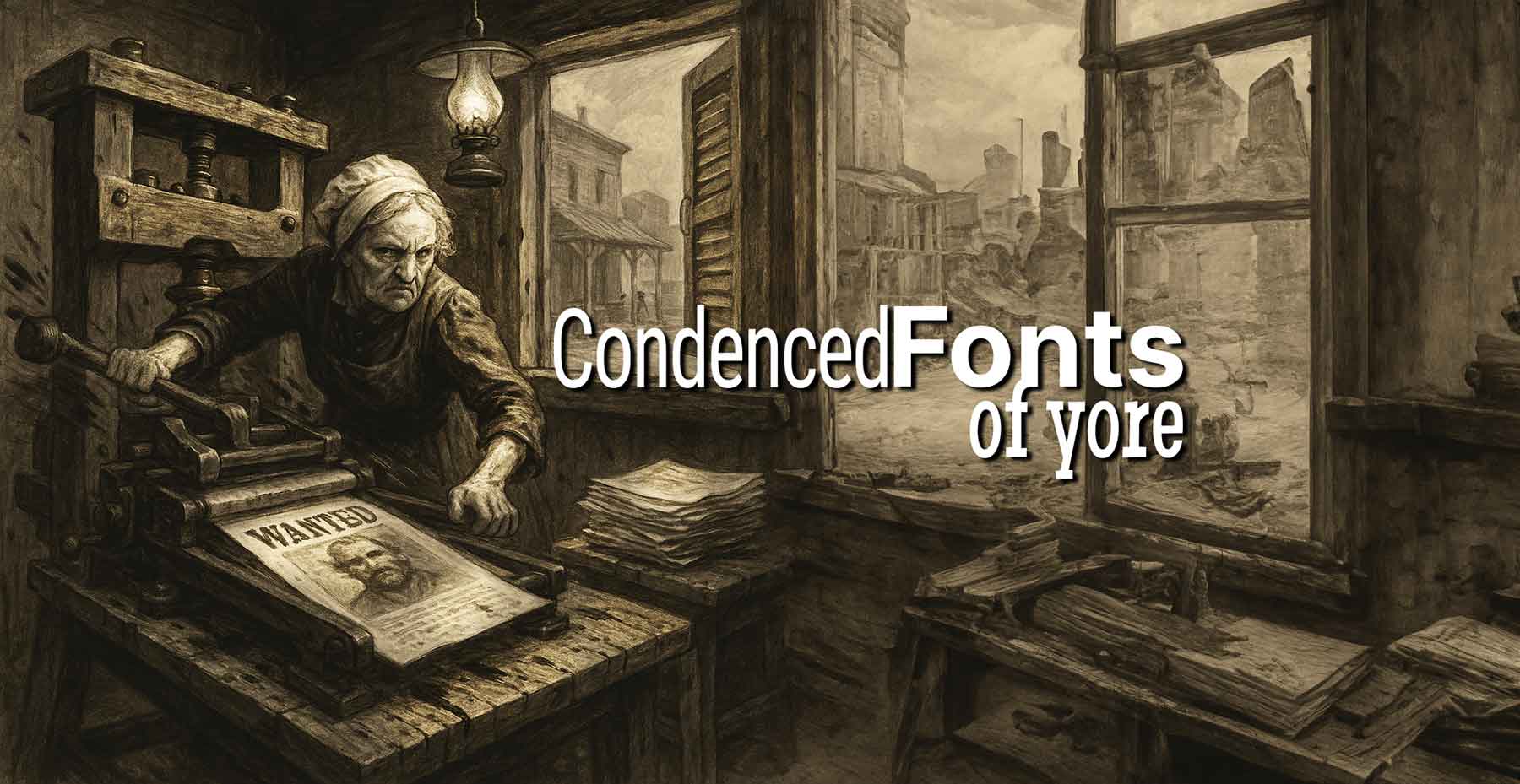
Reading Time: 2 minutes Ditch condensed fonts that hurt readability. Embrace spacing for a more accessible, inclusive web designed for humans, and not toilet paper.

Reading Time: 2 minutes Ditch condensed fonts that hurt readability. Embrace spacing for a more accessible, inclusive web designed for humans, and not toilet paper.
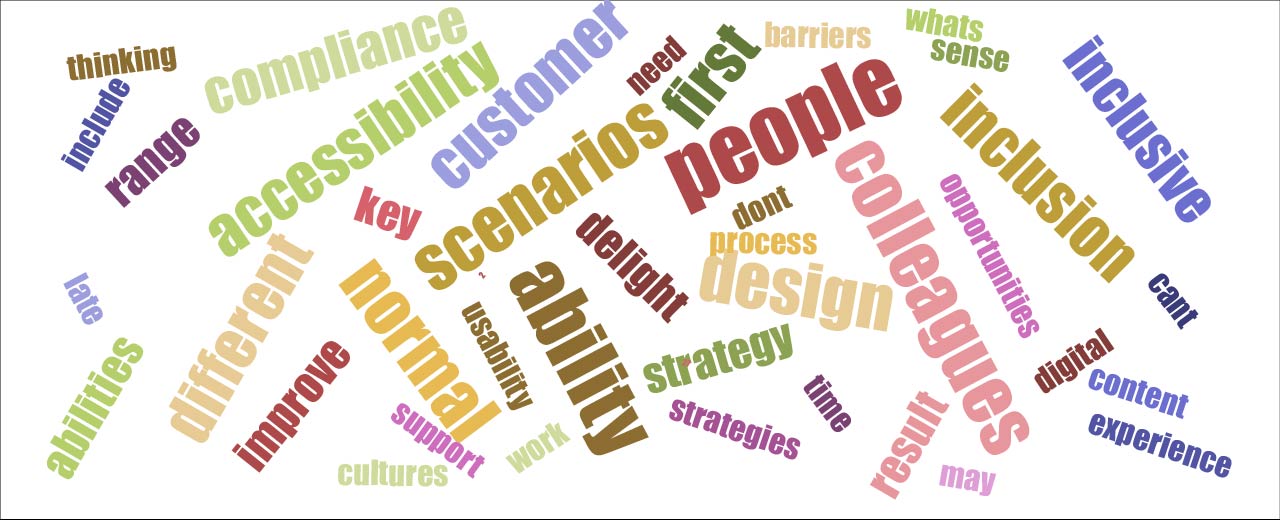
Reading Time: 2 minutes Customer first strategies aim to delight people so inclusive design is our priority. Accessible products improve usability, and inclusion offers delight.

Reading Time: 3 minutes Content design thinking for success messages: How to reframe success as a natural outcome of our digital services with examples to get you writing successfully.
Reading Time: 2 minutes Unlock the power of inclusive avatars! Discover why alt text for avatars is essential for accessibility, SEO, and richer user experiences.

Reading Time: 2 minutes A Chat GPT tool ignored my UI writing guideline to replace “view” with active terms for calls to action like, “Read” and “Open”. When challenged, it recanted.

Reading Time: 2 minutes Designers who believe inclusive content is “over-empathising” don’t understand the problem. We’re designing for all abilities and not a disability.
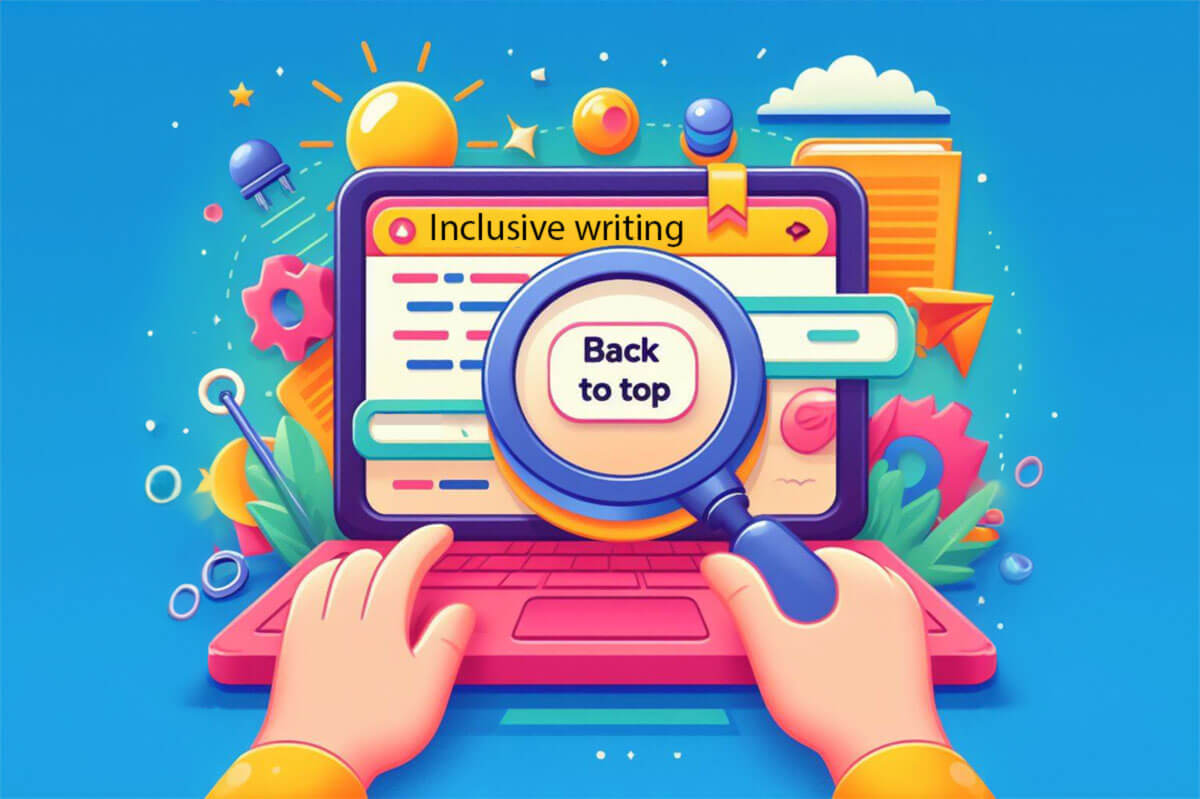
Reading Time: 6 minutes Like Sydik (2007), I believe alternative texts are the litmus test of accessible design. So is the Back to Top link, and its inclusive design is open to debate.
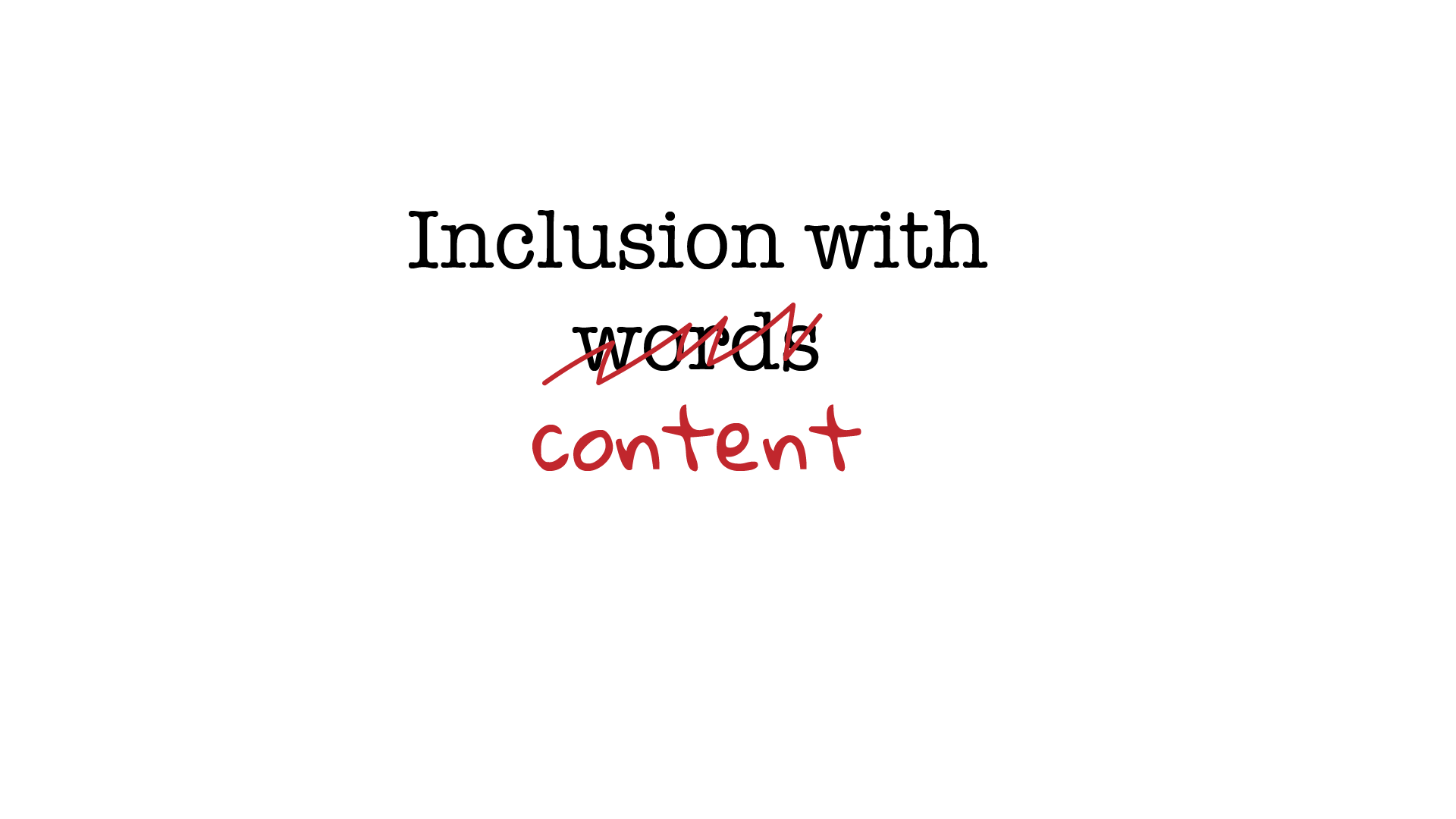
Reading Time: 10 minutes Create inclusive content that shifts our user experience (UX) beyond accessibility. Try replacing ableist and vague content to add inclusion and precision.
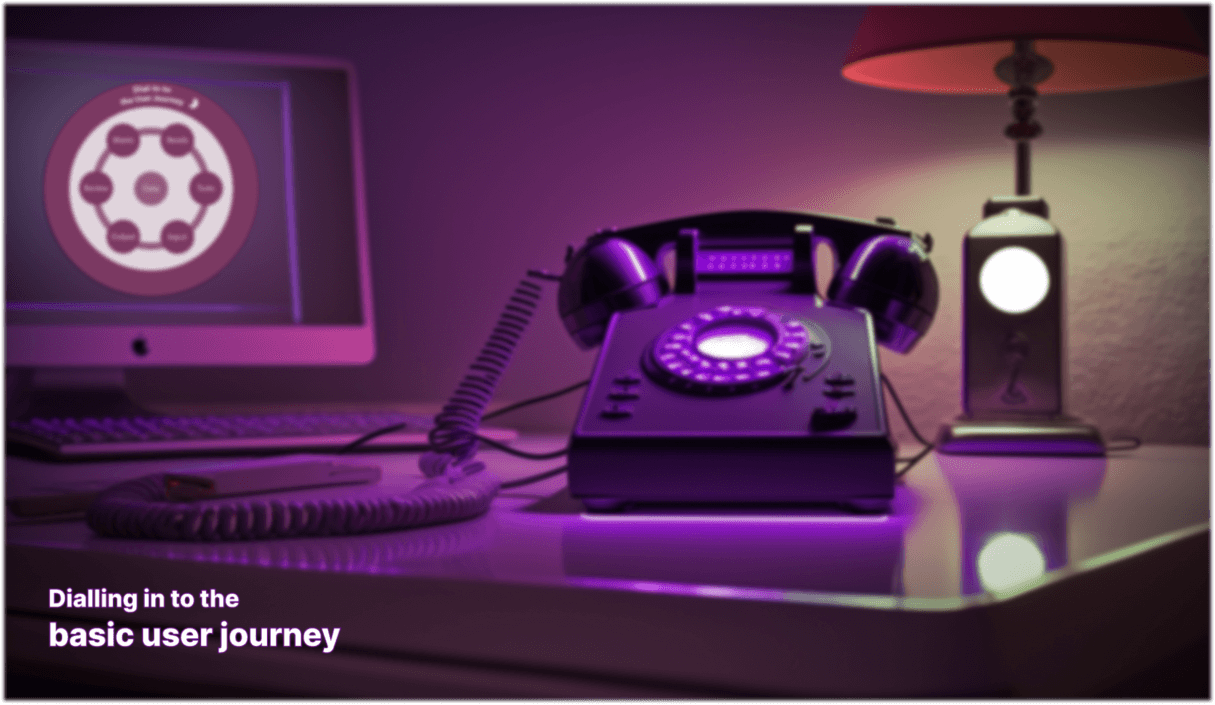
Reading Time: 10 minutes My Basic User Journey (BUJ) content tool guides our design thinking of digital information and flow between our user and our business. Is it still useful today?
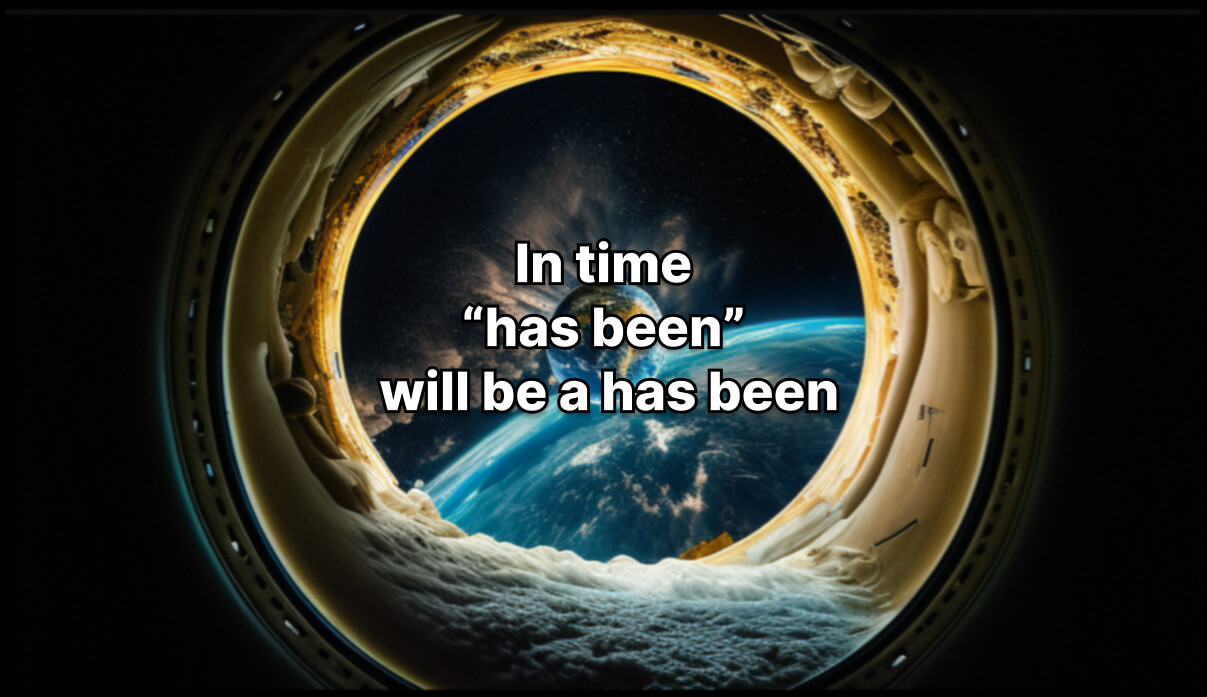
Reading Time: 2 minutes This is a tense comparison between habit and writing standards. We’re directed to avoid passive writing. The conclusion is that, “has been” is a has been now.
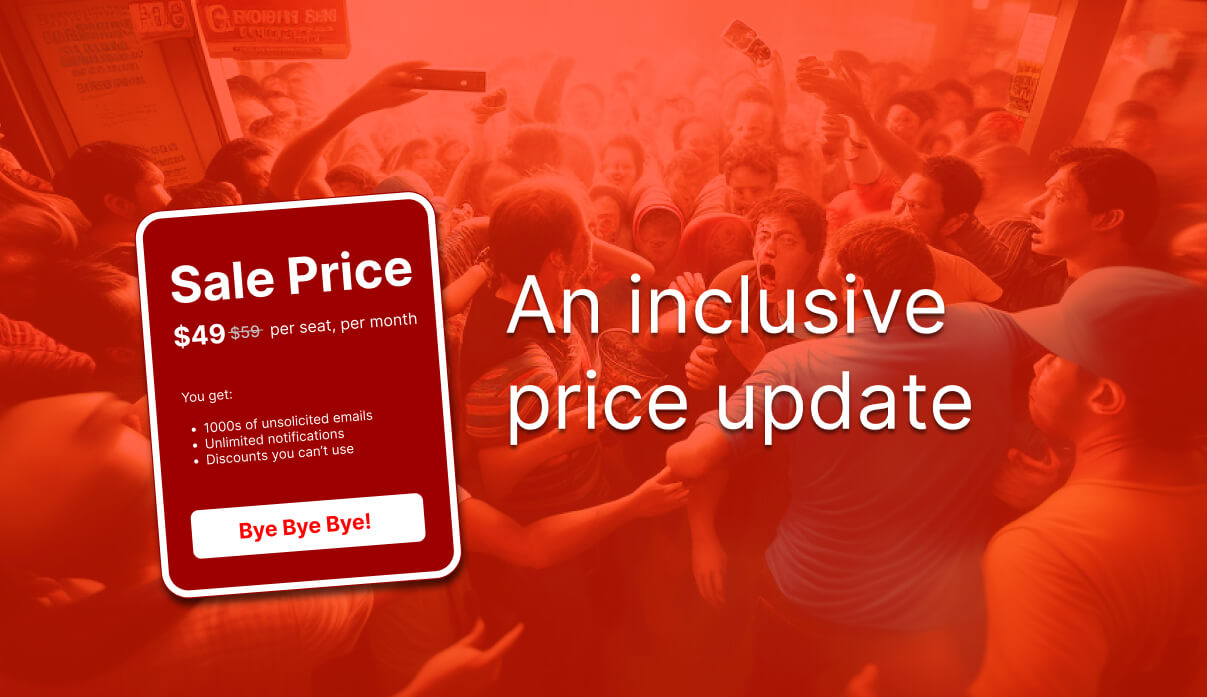
Reading Time: 5 minutes Content design is an empathetic UI and UX craft. Presenting a price reduction from $y to $x needs work with inclusive HTML and CSS. It’s not all done in Figma.

Reading Time: 4 minutes A post featuring content written by an Ai. It is clear, cohesive, and diverse, lacking depth, emotion, and originality. Ai will evolve to create richer content!
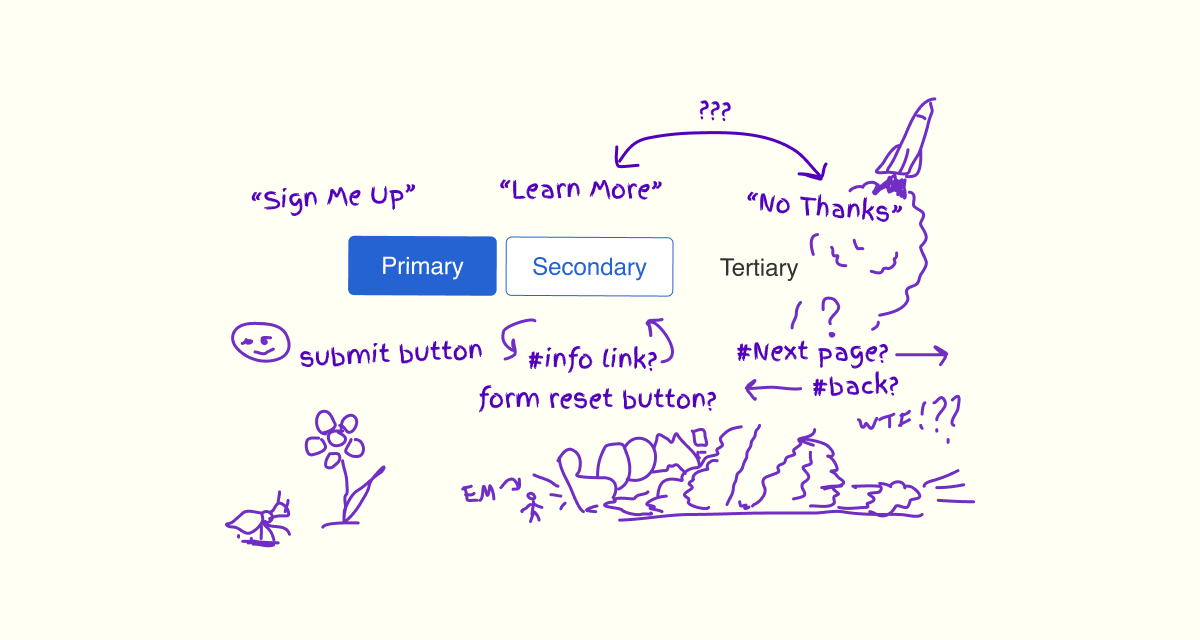
Reading Time: 8 minutes Arrays of Primary, Secondary, and Tertiary interactions are a familiar pattern. Does their content, taxonomic, and visual design assist or compound our experience?
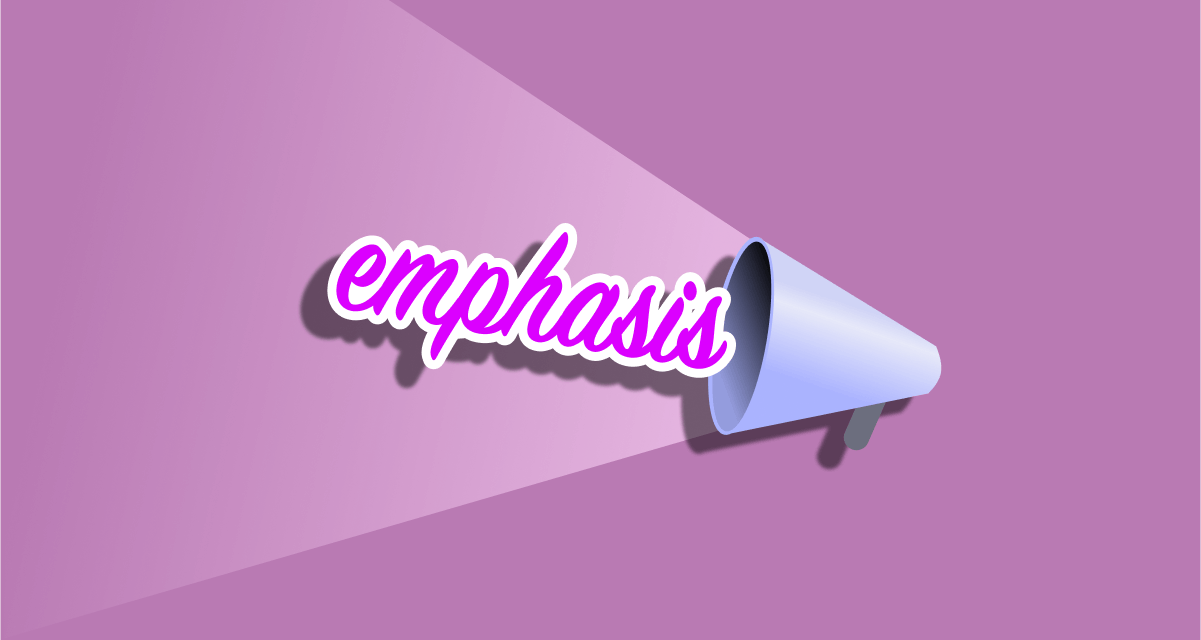
Reading Time: 5 minutes HTML offers a choice of emphasis for individual words and blocks of content. Let’s create an inclusive experience of emphasis beyond using an em tag.
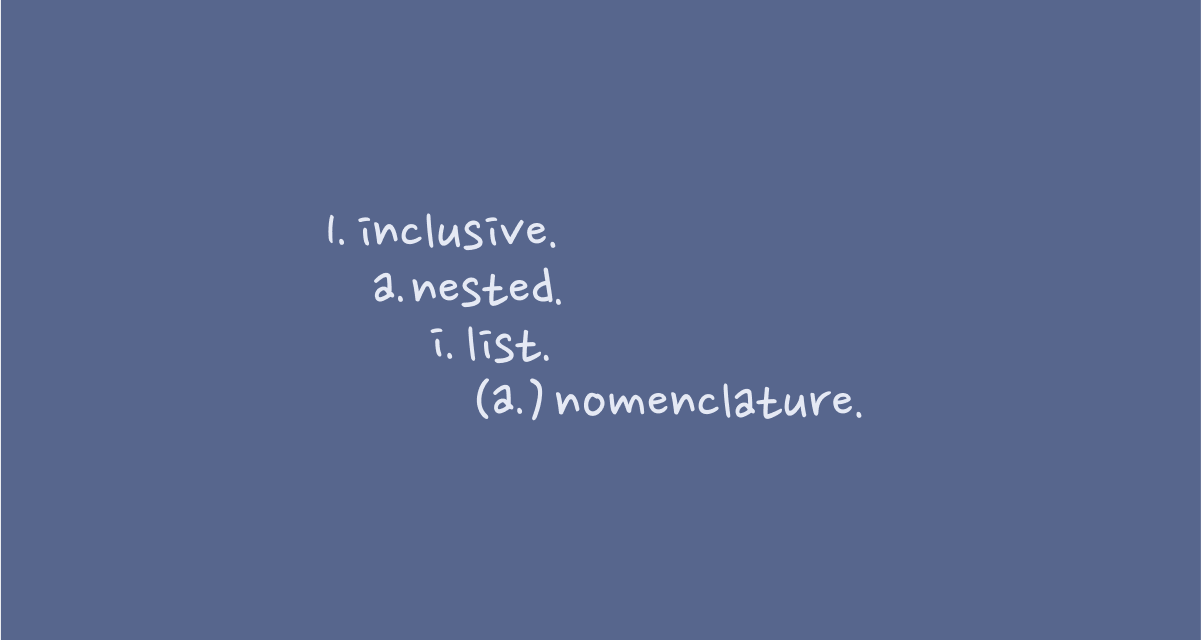
Reading Time: 7 minutes The native HTML list nomenclature and a lack of punctuation are a barrier to some of our readers. A little CSS and JavaScript improves the inclusive experience.
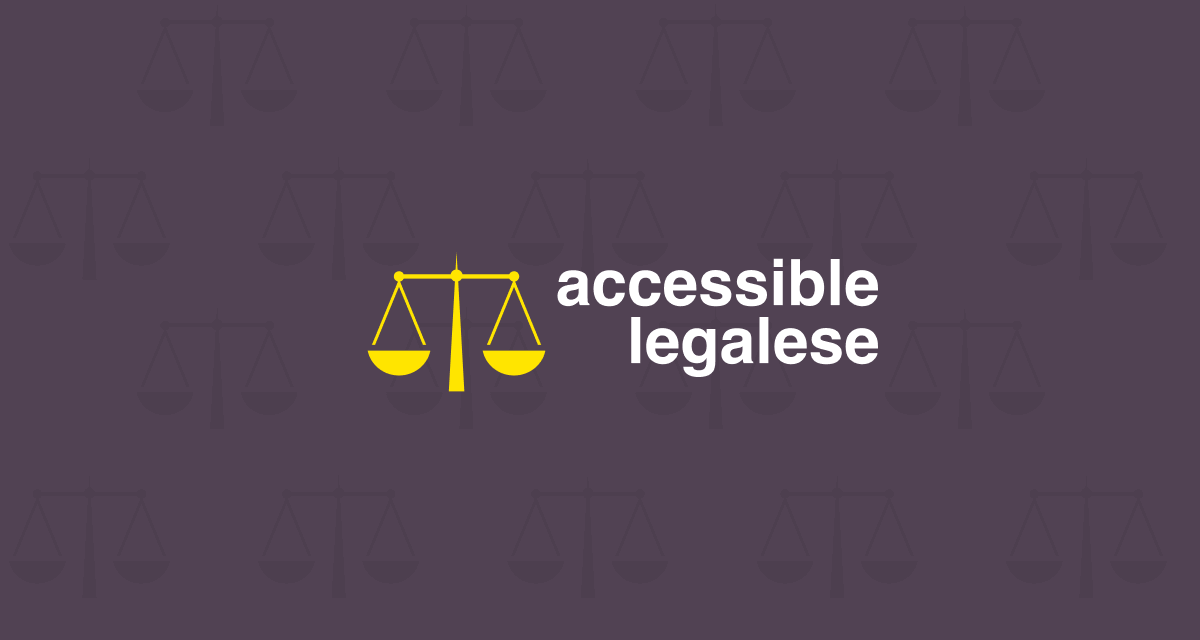
Reading Time: 23 minutes Legalese and compliance copy is the pillar of trust when customers agree to our terms. It’s the specialist language of law. How do we make legalese accessible?
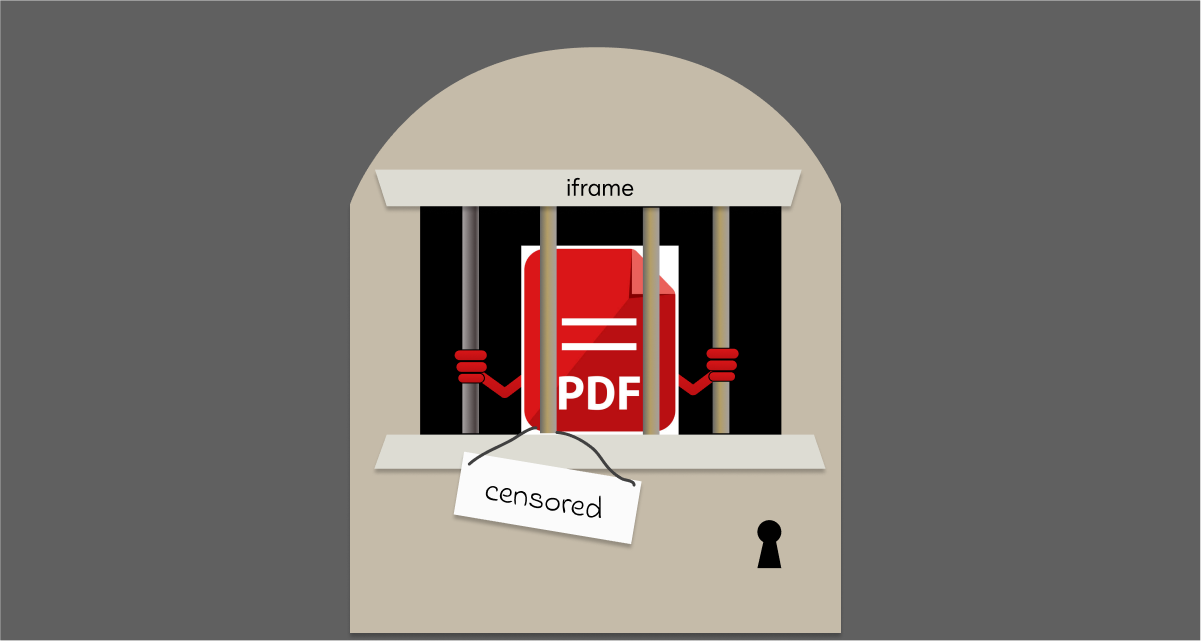
Reading Time: 5 minutes Why embed a PDF inside our HTML? Isn’t it odd? Our digital medium is HTML. It’s a wonderful space offering accessibility, beauty, inclusion, and versatility.
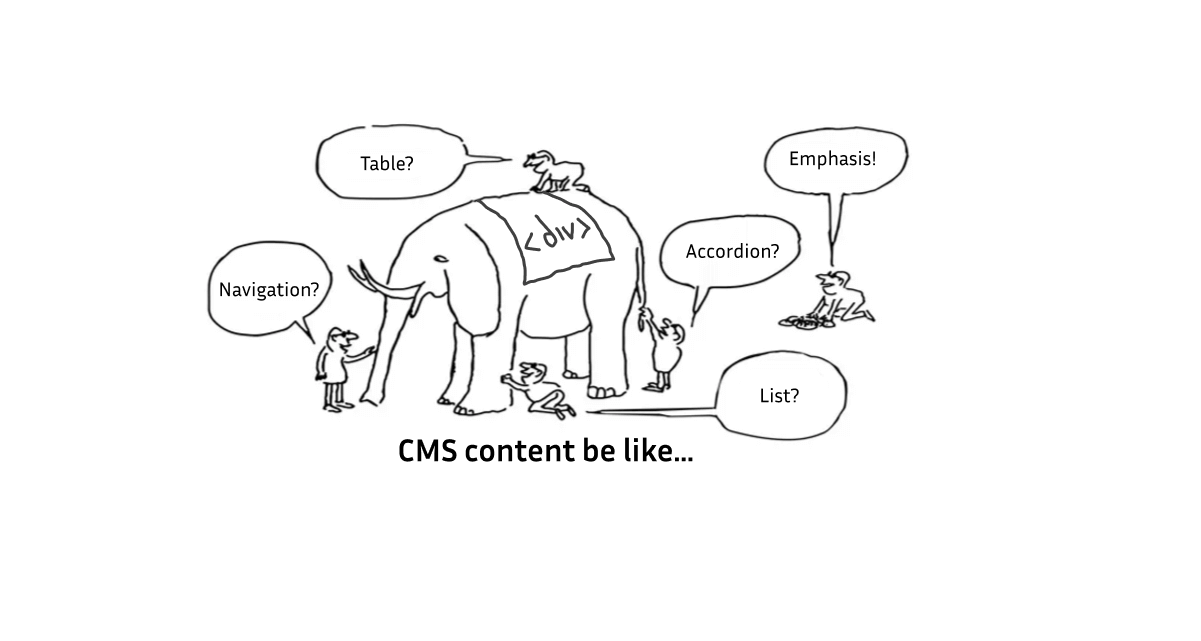
Reading Time: 4 minutes I dislike off-the-shelf content management systems (CMS). They allow anyone to publish content to the Web. That’s fantastic! If only you would deploy them accessibly!
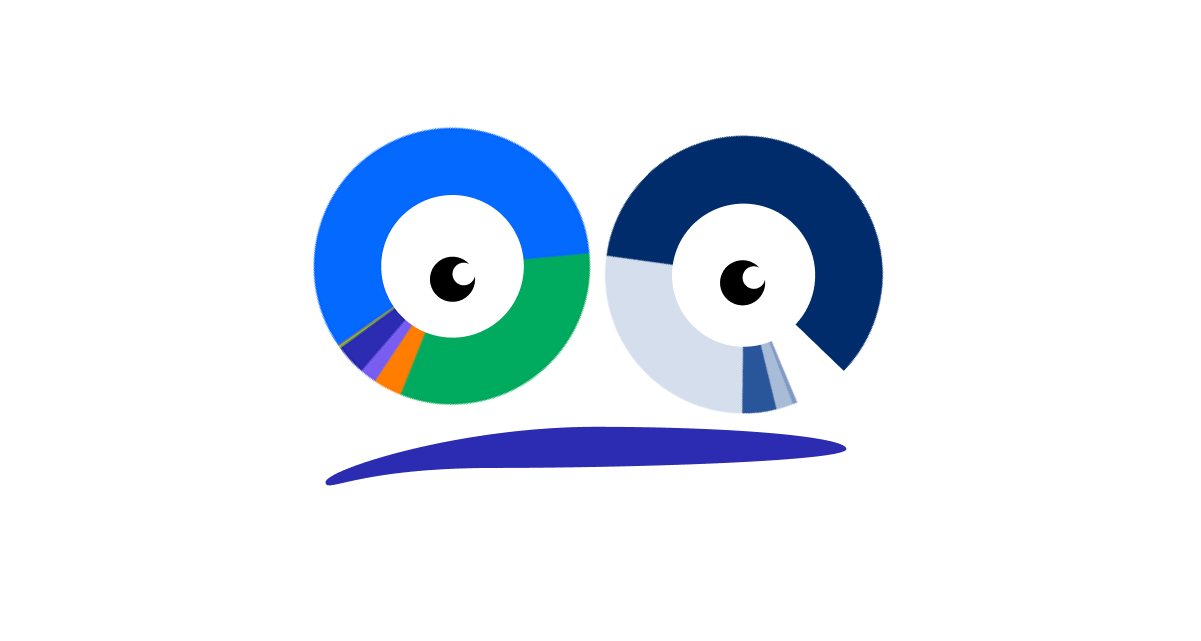
Reading Time: 22 minutes An accessibility engineer complied with WCAG SC 1.1.1 and broke 13 others. This case study closes the gaps between accessible and inclusive assessment design.
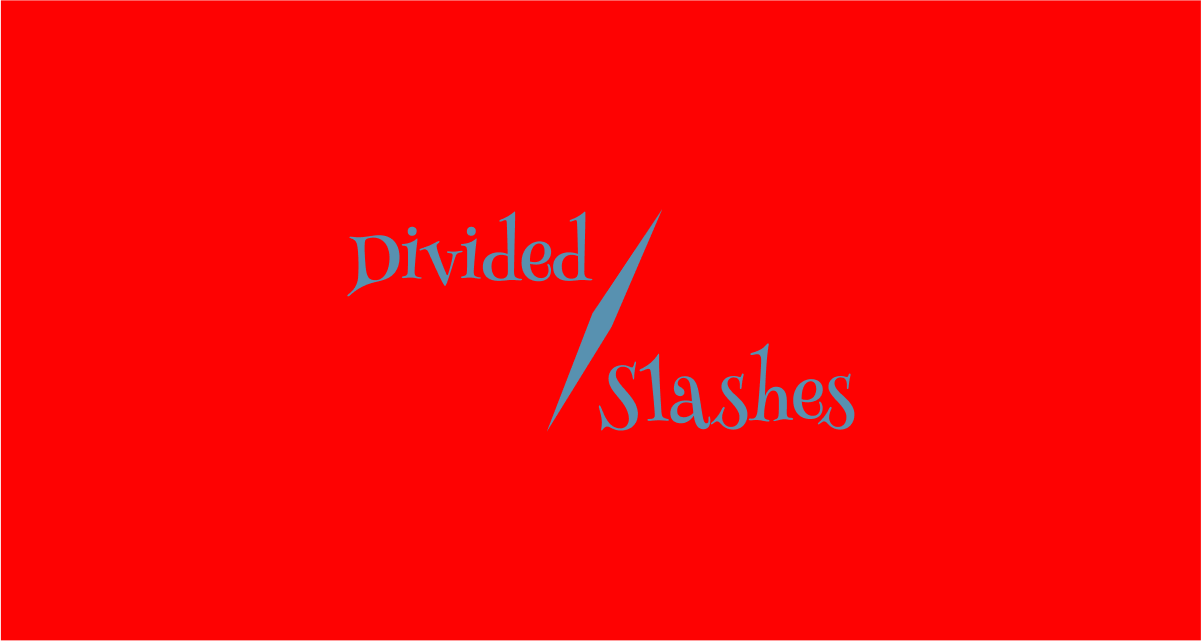
Reading Time: 6 minutes We should stop writing the “and/or” conjunction. Its visual meaning is ambiguous and the audible experience is horrible when announced as, “and slash or”. We can design an improved experience.